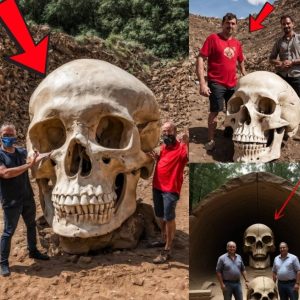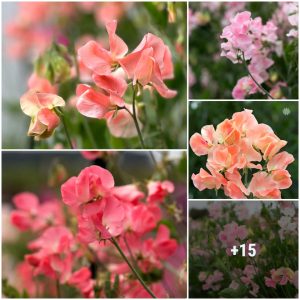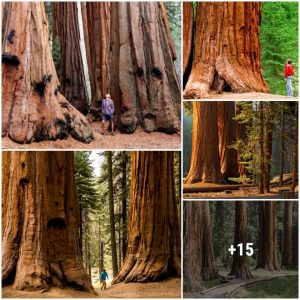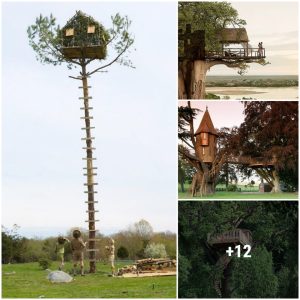
What is petrified wood? Well, it’s basically a fossil. Petrifaction is the result of a tree or tree-like plants having transitioned to stone by a mineralization process. It occurs when plant material is buried by sediment or volcanic ash and protected from decay due to oxygen and organisms. Then, groundwater rich in dissolved solids flows through the sediment, replacing the original plant material with silica, calcite, pyrite, or another inorganic (yet beautiful) material such as opal.
As a result, the original woody material turns into a fossil that often exhibits preserved details of the bark, wood, and cellular structures. Of course, that takes millions of years to happen.

Unlike other plant fossils, which are typically impressions or compressions, petrified wood is a three-dimensional representation of the original organic material. Some specimens of petrified wood are such accurate preservations that people do not realize they are fossils until they pick them up and are shocked by their weight. These specimens with near-perfect preservation are unusual; however, specimens that exhibit clearly recognizable bark and woody structures are very common.
The following photos are proof that petrified wood is one of the most beautiful things you can find in nature.

Petrified opal tree trunk located in Arizona (about 225 million years old). Source: Reddit

Polished slice of petrified wood. Source: Wikipedia

An accumulation of petrified logs in a gulley at Petrified Forest National Park. At the top of the gulley, a “pedestal log” is suspended on a column of Chinle Formation. When the Chinle weathers away, the log will be lowered to the ground surface. Image by Petrified Forest National Park.


Image credit: sarafhathaway






